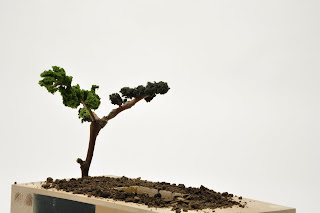Spiritual Stage



The spiritual stage is so high, that you will be share the place with clouds.Is a place for you to be alone, in order to reach the spiritual moment.
tower stage
You will be in a position to see everyone and the space around you. Alone or with others.
However you will be in a good position to be seen by everyone.
Celebration stage
Is a party stage, a place to dance, drink and so on...To celebrate whatever you want.Most of the cases with other people.
To show your feelings.If you feel exposed you can always watch as if it is a play.
Line


You will pass trough the line.You might jump the line or might drag your feet.
Podium
Based on a friends music stage.the audience will be looking down the musicians will look up.
Foot Step Stage
inverted stage


Its a platform that will be for the audience. The stage will be the outside, the space that is around.
Each square is a chair, the arrows indicate the position of each chair based on the viewer's gaze.
constructivist stage


The constructivist stage is based on the 3rd international tower by Vladimir Tatlin.
It's a platform though to be a constant construction and development.
anonymous stage


Anonymous stage is a live act stage that everyone can participate.People will enter from a back stage door without being seen. Inside the box, there will be a micro, the speakers will be speared around the exhibition space.













